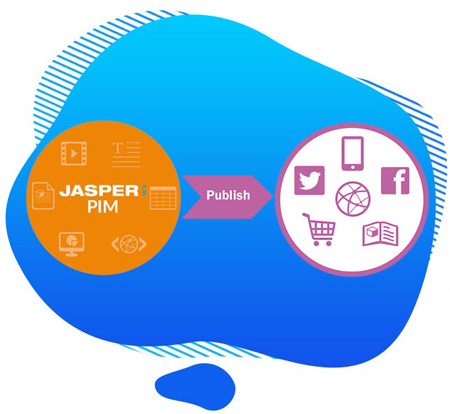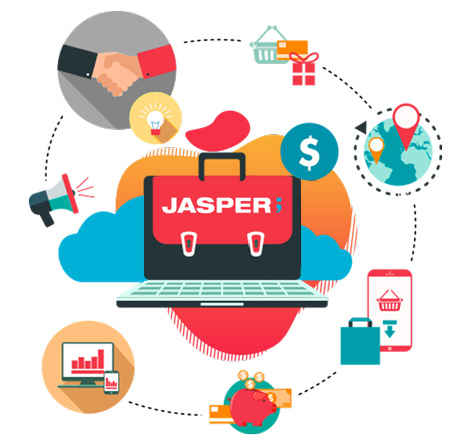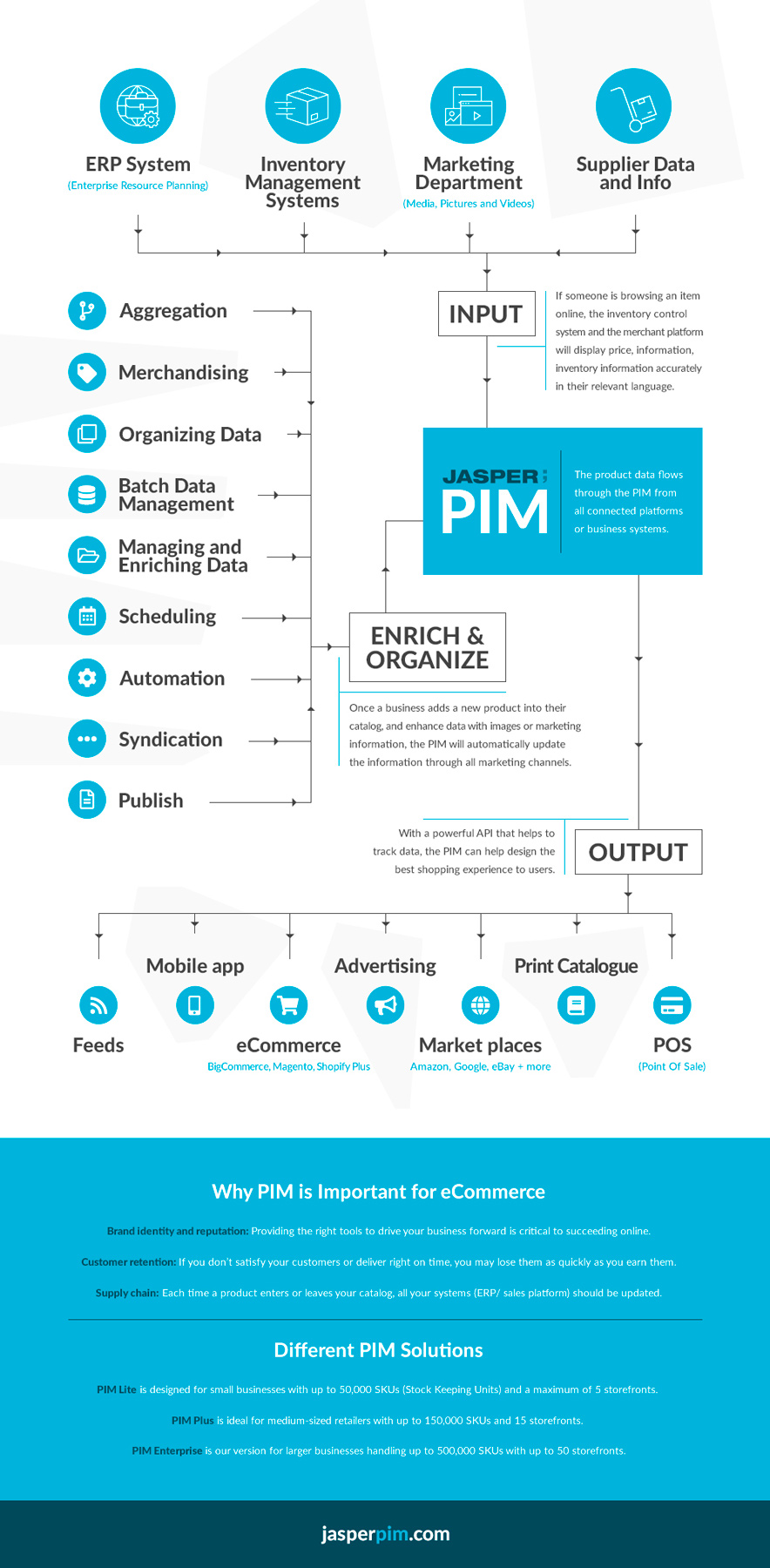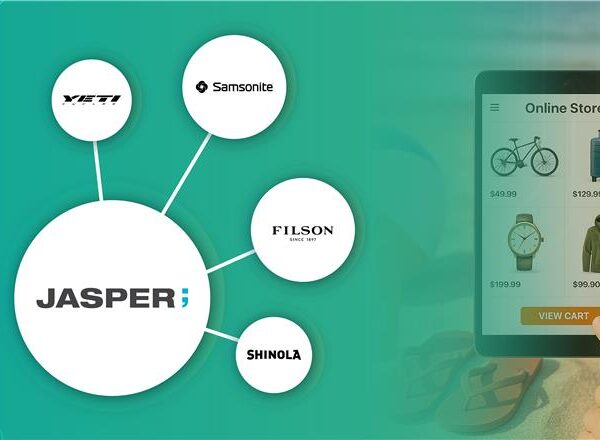PIM (Product Information Management) for Beginners
Is your business facing challenges in generating sustainable, exponential eCommerce growth? Are you sick of mediocre digital business performance? Are your marketing efforts not paying off the way you expected? At Jasper PIM, we are trusted by leading global brands in eCommerce. With product information management (PIM) software, online retailers can succeed sooner than they think. To build a strong digital presence and gain new customers, an eCommerce business needs the right technology — including the next generation of PIM applications. So what is PIM software, exactly?PIM Easily Explained
PIM software enables a company to manage all data around its products easily. It’s a single repository that centralizes all product data. A PIM is a multichannel tool that organizes and updates all information accurately on various platforms, from mobile applications to print catalogs.What is Product Information Management, And Why is it so Important For Businesses?
 On top of providing information accurately, a PIM can track all data in real time and extract relevant information about inventory and sales in the catalog. Plus, a PIM can furthermore help create outstanding marketing tools — thanks to data management and customer behavior prediction.
Online retailers recognize the value of learning what PIM software is when they reduce costs. With the right PIM application, a business can leverage multiple points of sale and focus its efforts on the right channels.
On top of providing information accurately, a PIM can track all data in real time and extract relevant information about inventory and sales in the catalog. Plus, a PIM can furthermore help create outstanding marketing tools — thanks to data management and customer behavior prediction.
Online retailers recognize the value of learning what PIM software is when they reduce costs. With the right PIM application, a business can leverage multiple points of sale and focus its efforts on the right channels.
Why PIM is Crucial to Succeeding Online
Have you ever experienced large bounce rates in your online marketing channels? Don’t panic: there may not be anything wrong with your products or services, or even your brand or marketing team. The problem may be product information management. Not understanding what PIM software is can lead to failing to manage product information efficiently, which may have an impact on:- Brand identity and reputation: if you lack the right technology to optimize shoppers’ experience, your brand identity can suffer. Providing the right tools to drive your business forward is critical to succeed online.
- Streamline marketplaces: Most eCommerce sites lack the ability to connect to multiple Amazon or Ebay accounts. PIM allows entrepreneurs to streamline marketplaces to control the data in one central source, which can save a great deal of time.
What Data is Tracked in PIM Software?
PIM software can track several types of data:- Technical data: this information deals with product workflows throughout your front end and back end — the merchant’s platform itself and the “inner software” that controls the data, which is not seen by customers.
- Multimedia and design-related information about products stored in the catalog such as file images, PDF, audiovisual elements (video, audio).
How does a PIM implementation work?
 To understand what is PIM software, think of a chip or connector. The anatomy of a PIM implementation is simple. As the bridge between the front-end and the back-end of a business, a PIM connects all channels altogether — including referral channels, technology platforms, ERP/CRM, inventory control, accounting, and marketing channels.
To figure out what is product information management, we need to cover the processes of a PIM implementation.
The product data flows through PIM from all connected platforms or business systems. For instance, if someone is browsing an item online, the inventory control system and the merchant platform will display price, information, and inventory information accurately in their relevant language.
Users benefit from businesses understanding what is PIM software. Once a business adds a new product into their catalog, or enhances data with images or marketing information, the PIM will automatically update the information through all marketing channels. That way all product information is kept relevant and up-to-date on various platforms.
With a powerful API that helps to track data, PIM can help design the best shopping experience to users. With customizable interfaces (the platform may predict which products are likely to be of interest to users), shoppers enjoy the ultimate online experience.
Once the merchant enters a new product, what a PIM software does is data tracking to keep it relevant and updated throughout all sales points and marketing channels, enabling business owners to control all activities efficiently.
To understand what is PIM software, think of a chip or connector. The anatomy of a PIM implementation is simple. As the bridge between the front-end and the back-end of a business, a PIM connects all channels altogether — including referral channels, technology platforms, ERP/CRM, inventory control, accounting, and marketing channels.
To figure out what is product information management, we need to cover the processes of a PIM implementation.
The product data flows through PIM from all connected platforms or business systems. For instance, if someone is browsing an item online, the inventory control system and the merchant platform will display price, information, and inventory information accurately in their relevant language.
Users benefit from businesses understanding what is PIM software. Once a business adds a new product into their catalog, or enhances data with images or marketing information, the PIM will automatically update the information through all marketing channels. That way all product information is kept relevant and up-to-date on various platforms.
With a powerful API that helps to track data, PIM can help design the best shopping experience to users. With customizable interfaces (the platform may predict which products are likely to be of interest to users), shoppers enjoy the ultimate online experience.
Once the merchant enters a new product, what a PIM software does is data tracking to keep it relevant and updated throughout all sales points and marketing channels, enabling business owners to control all activities efficiently.






